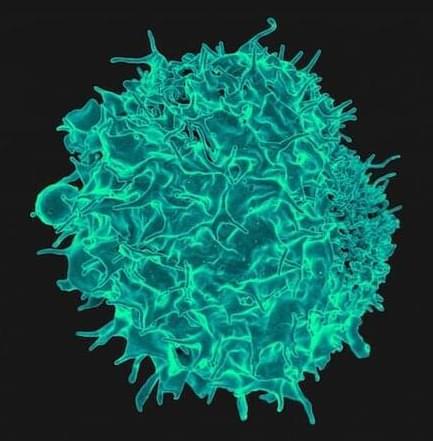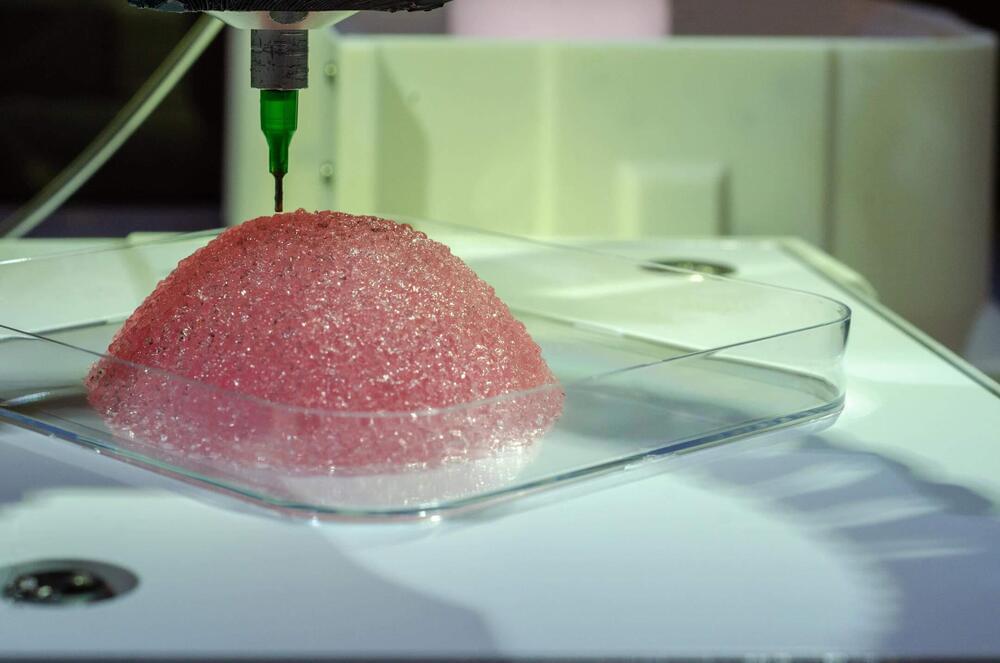A new study by investigators from Brigham and Women’s Hospital, a founding member of the Mass General Brigham health care system, demonstrated that shingles, also known as herpes zoster, is associated with an almost 30% higher long-term risk of a major cardiovascular event such a stroke or heart attack. Their results are published in the Journal of the American Heart Association.
“Our findings suggest there are long-term implications of shingles and highlight the importance of public health efforts for prevention,” said lead author Sharon Curhan, MD, ScM, a physician and epidemiologist in the Channing Division of Network Medicine at Brigham and Women’s Hospital.
“Given the growing number of Americans at risk for this painful and often disabling disease and the availability of an effective vaccine, shingles vaccination could provide a valuable opportunity to reduce the burden of shingles and reduce the risk of subsequent cardiovascular complications.”









